
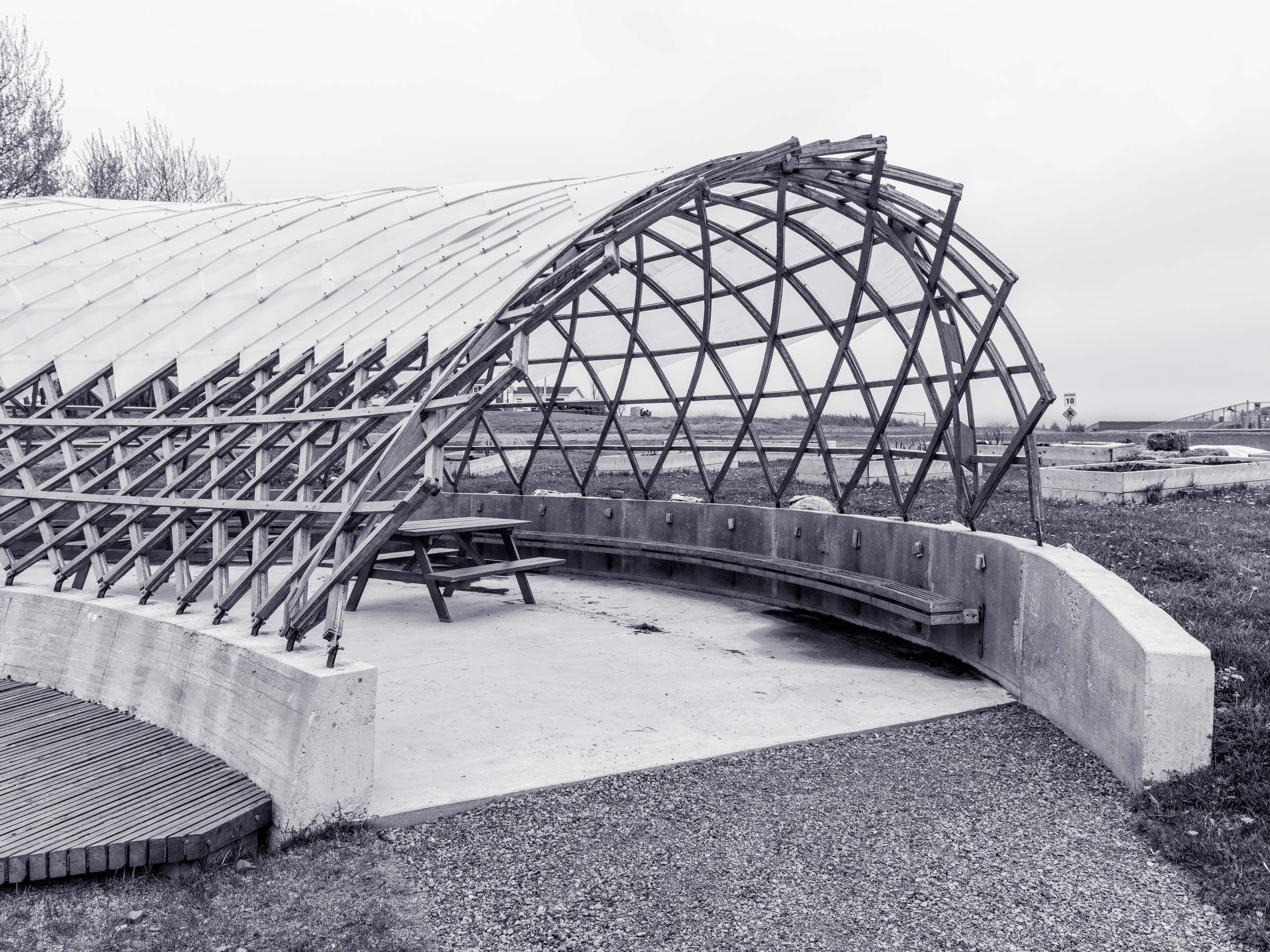
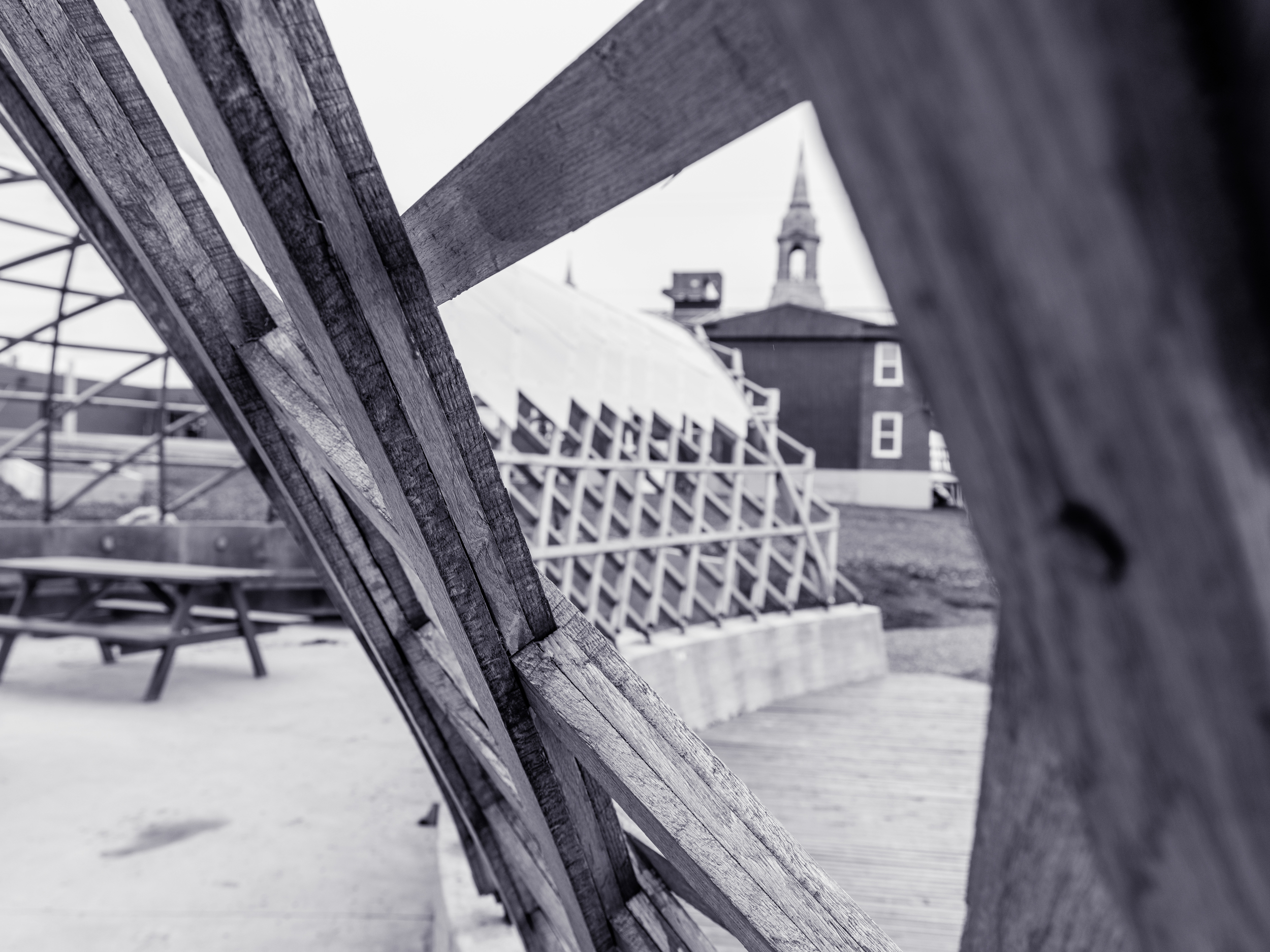
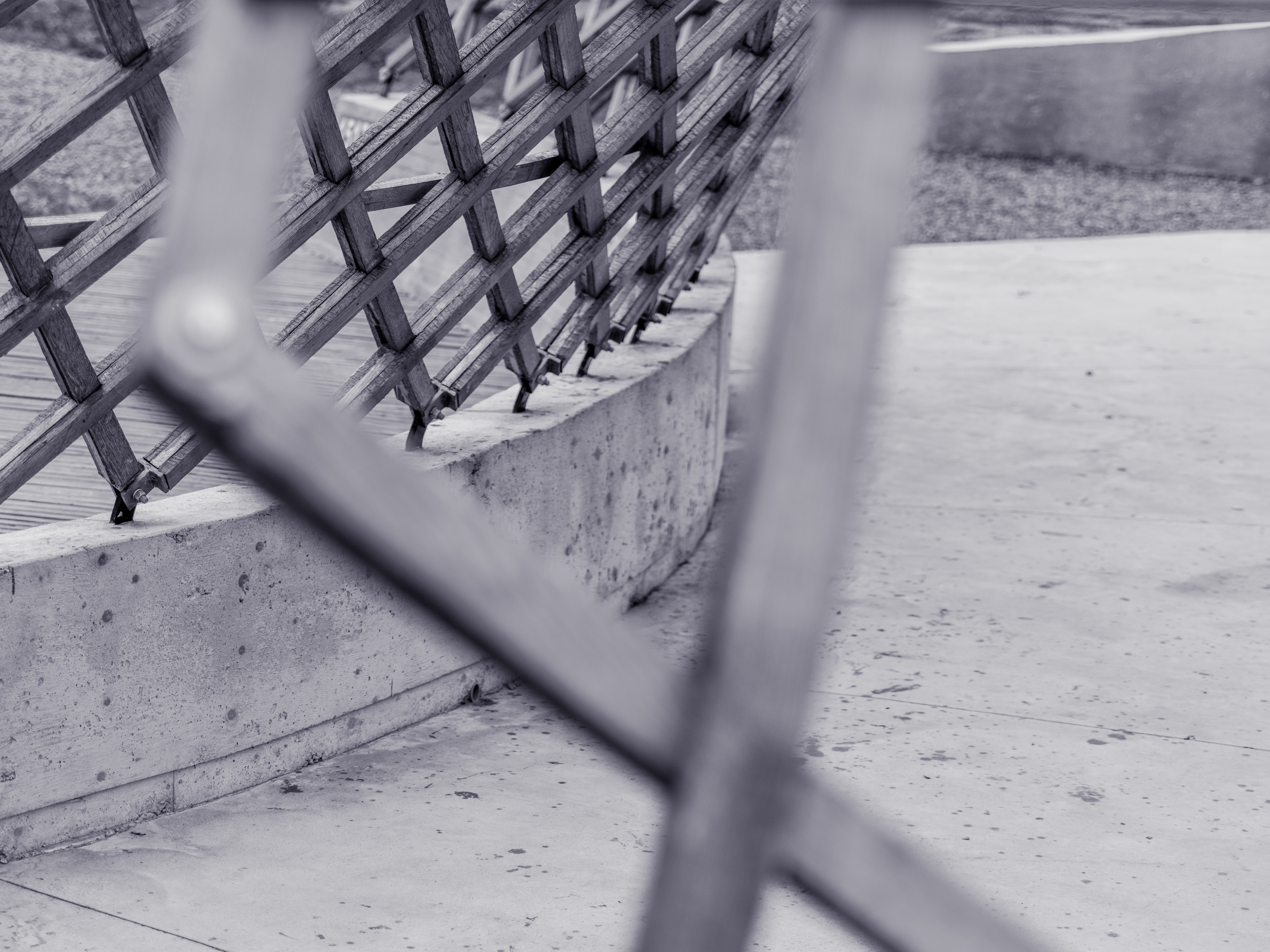



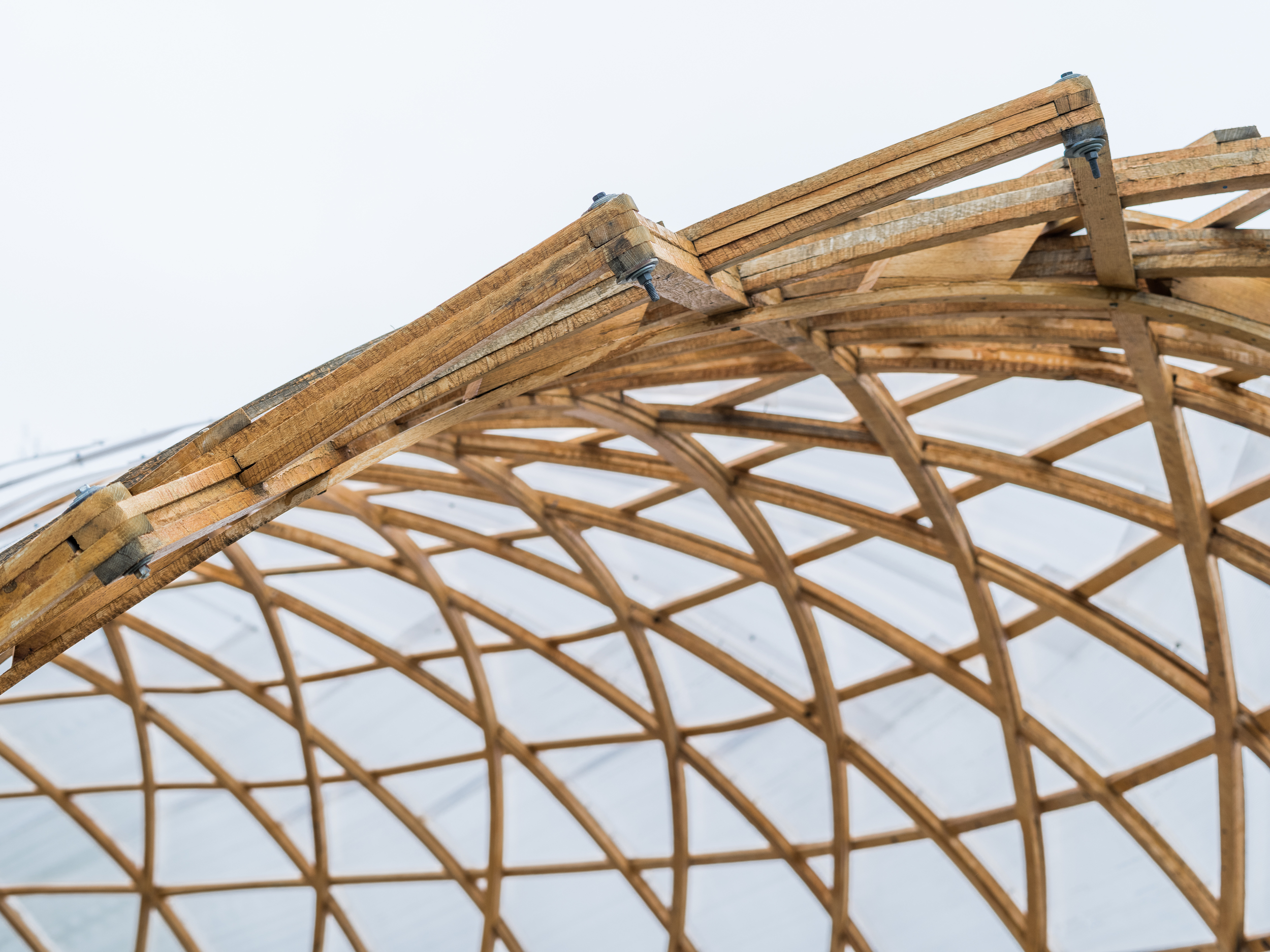
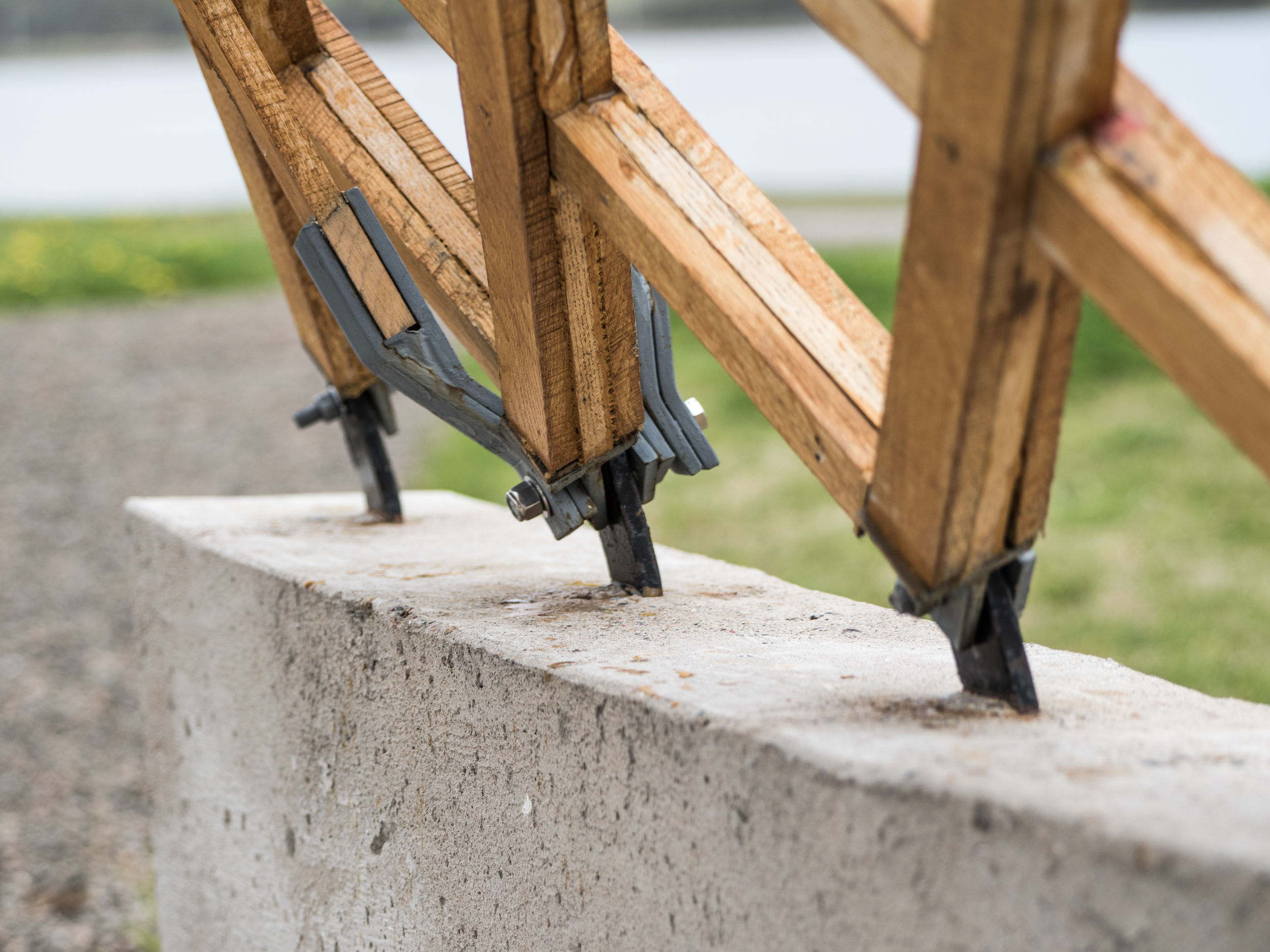
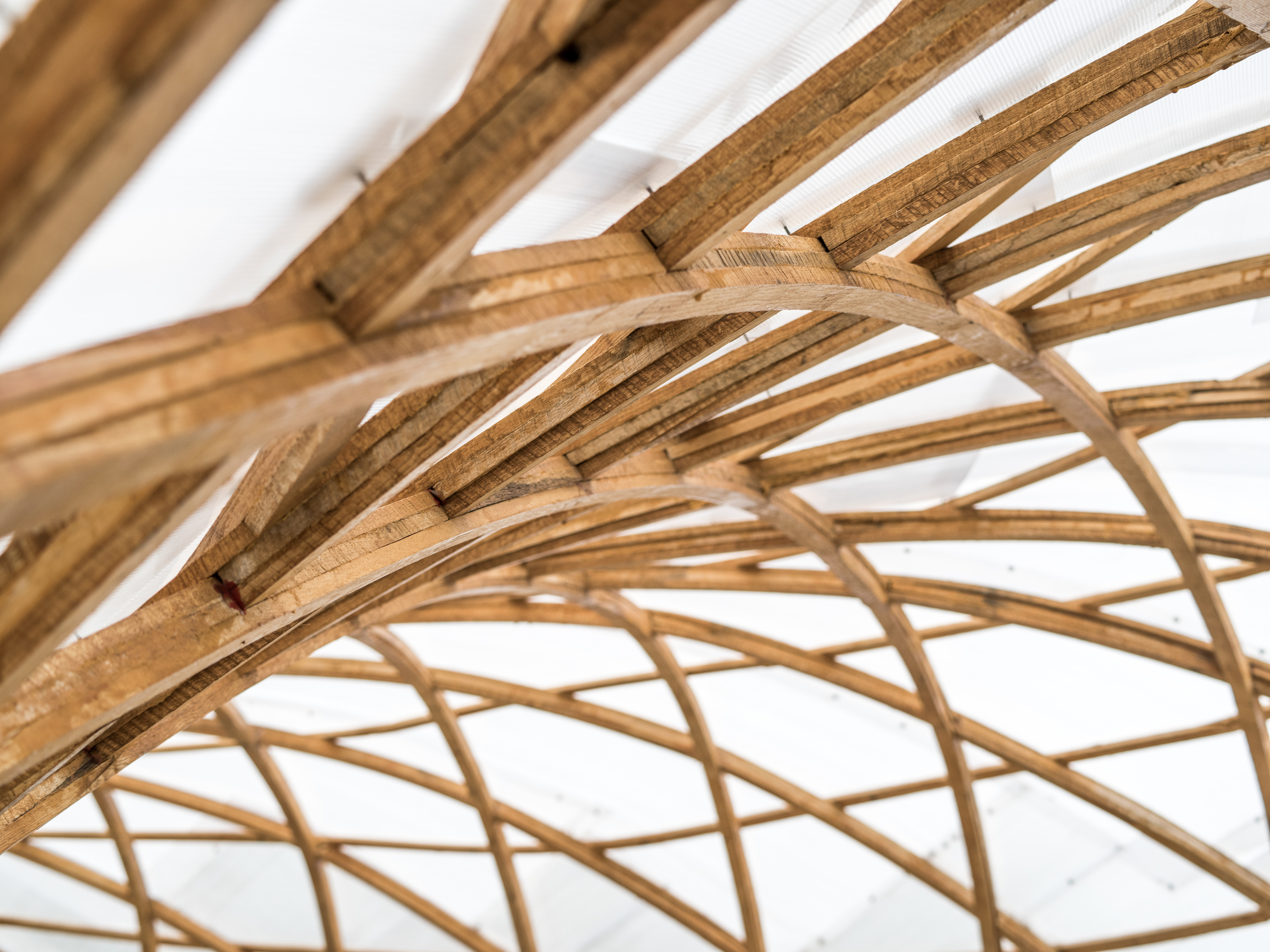
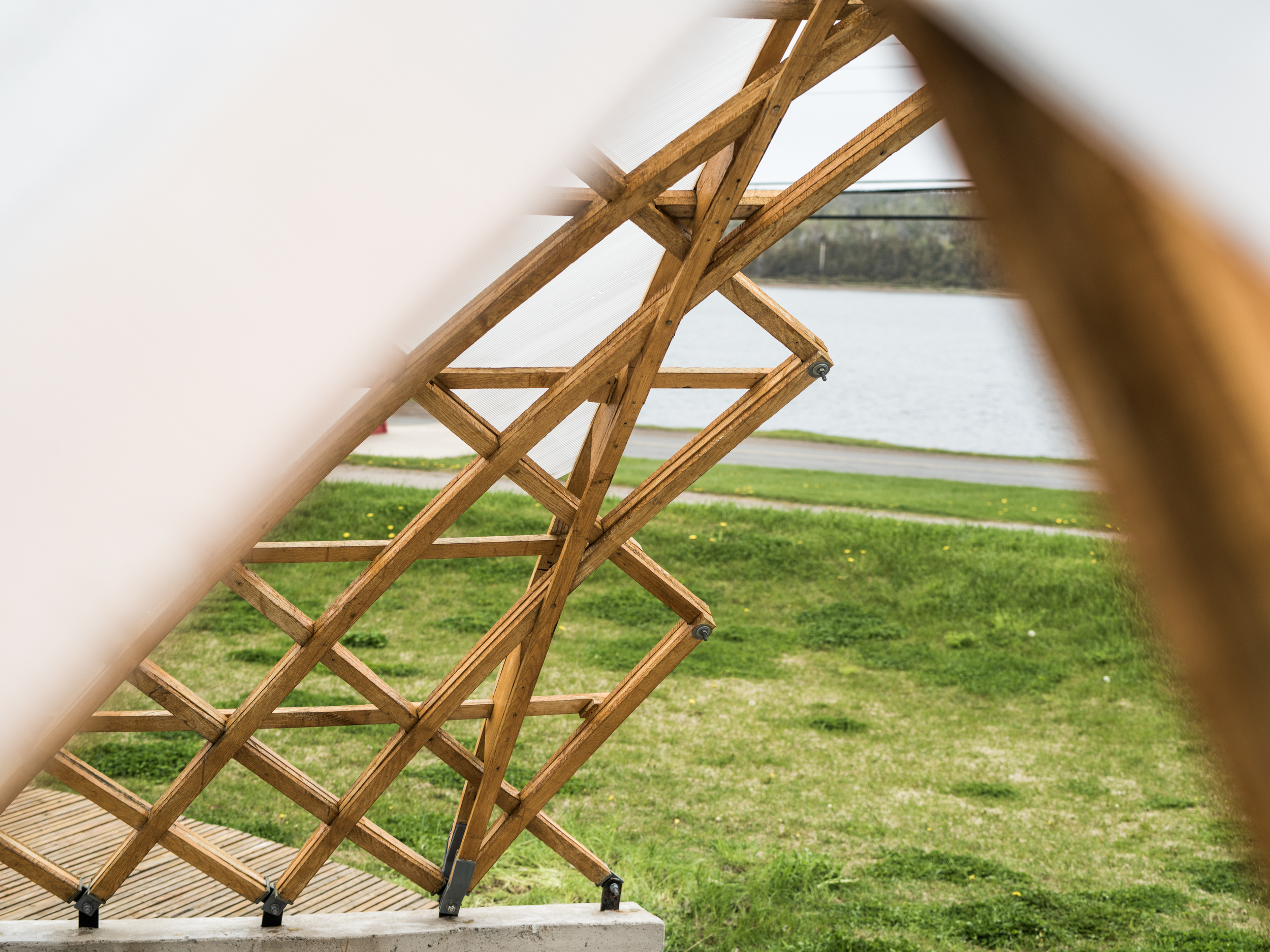



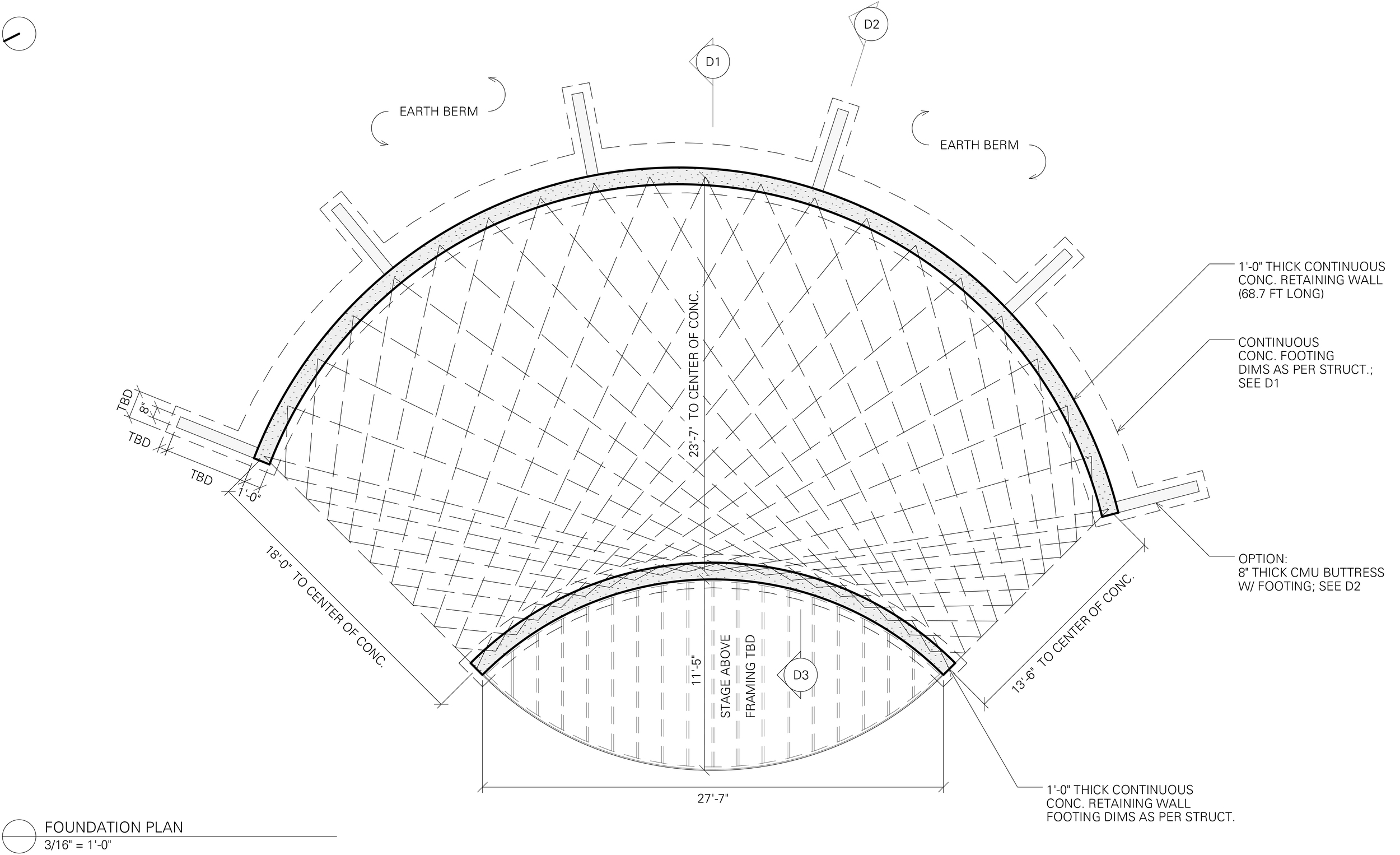


Farmers' Market Gridshell
Location:
Cheticamp, Nova Scotia
Date:
2014-15
Student Team 1:
Xan Hawes, Nina Hitzler, Evan Hoyles, Noah Jacobson, Amanda Kemeney, Kaitlyn Labrecque, Katelyn Latham, Megan Lloyd, Fraser Plaxton, Julia Weir
Student Team 2:
John Marshall, Elijah Montez, Abbey Smith, Daniel Smith, Keri Philippa Ovonjiodida, Alex Morier, Jessica Wyss, Cassie Burhoe, Lydia Lovett-Dietrich
Description:
This pavilion is the latest completed project by Coastal Studio. It is part of an initiative that focuses on several associated disciplines that work collectively towards creating innovative and cost effective ways to design buildings within the context of regional cultures. This project was donated to Cheticamp to provide a permanent home for their weekly farmers’ market. The primary design objectives were to use accessible building materials and methodologies, to advance the local building culture, and to provide a central destination for the community. The project neighbors the local school, and sits on an open field facing the water. The design of the pavilion responds to various environmental constraints, including: hurricane force winds that reach up to 200 km/h; and a high moisture and salt content found within the ocean air that can be corrosive to certain materials.
The completed pavilion consists of two concrete walls with a gridshell spanning between. A gridshell structure was chosen as it has unique strength, and allows for an open plan interior. The project utilizes a crescent floor plan which has openings on either end to allow for optimal circulation. The orientation of the pavilion and its form shelters inhabitants from the wind, and the cladding is strategically placed to reduce uplift. The structure draws upon the strong local boat-building and woodworking culture as it uses locally sourced greenwood (red oak), and echoes the bentwood forms of the region. Moreover, the pavilion accommodates 20 merchant stalls.
The success of the farmers’ market pavilion can be measured through its continued contribution to local life. Community involvement began with public consultations during design development and meetings were facilitated which identified the unique needs of local merchants and community leaders. Since completion, the project can be seen as a central node in the town, inspiring new development and creative engagement in public space.
